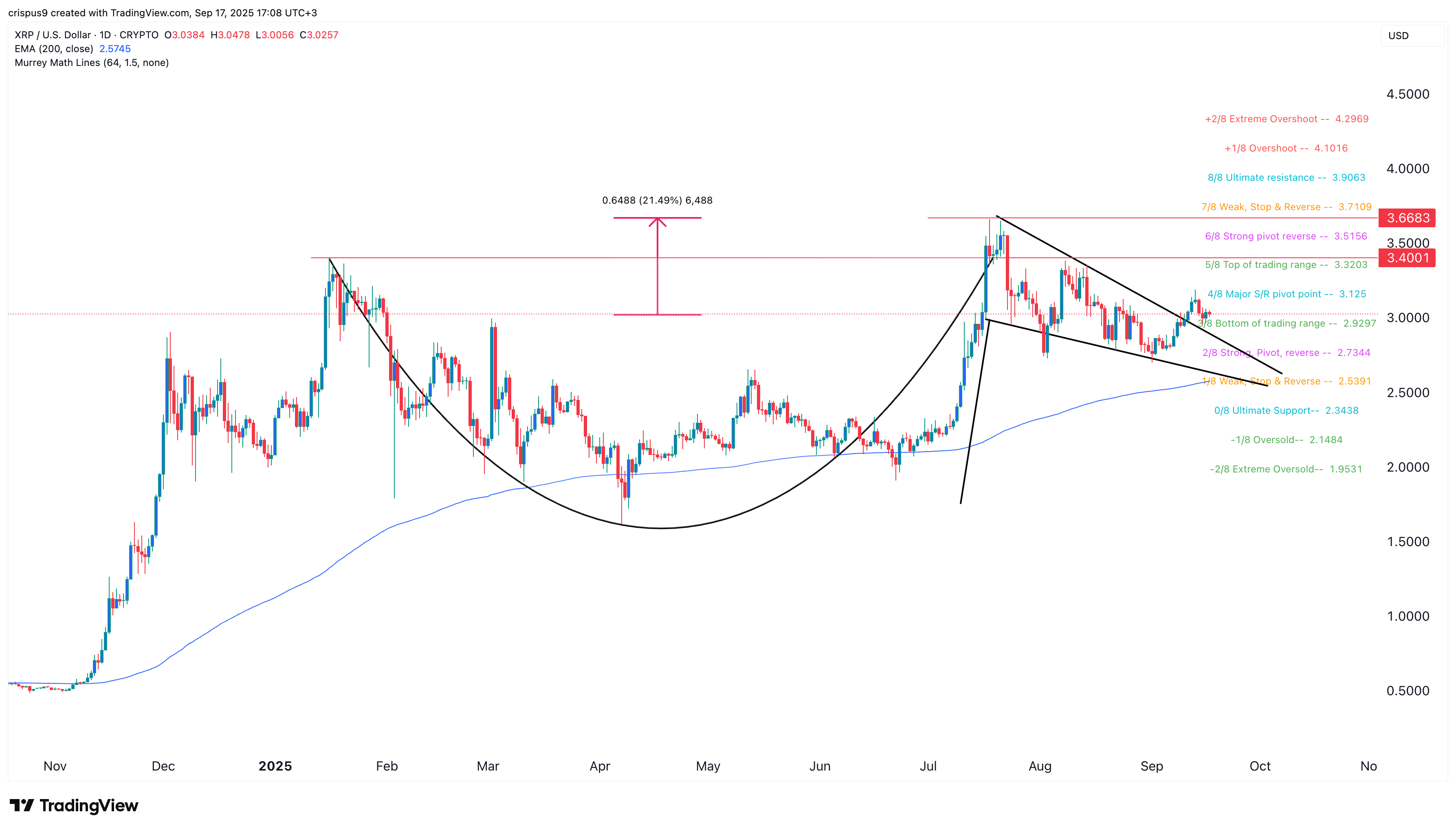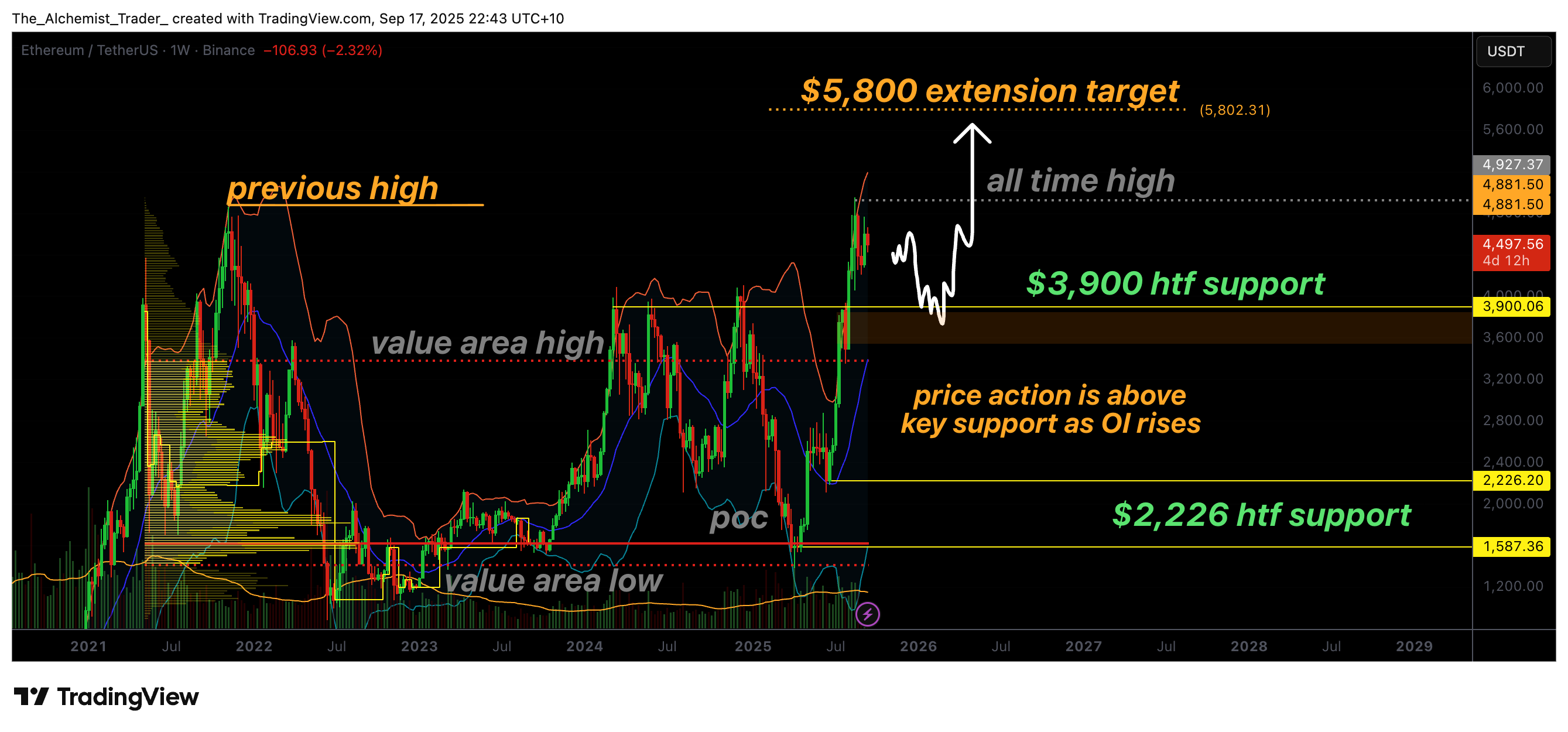Web3 gaming mainstream adoption will happen gradually, then suddenly
Disclosure: The views and opinions expressed here belong solely to the author and do not represent the views and opinions of crypto.news’ editorial.
The iGaming industry is witnessing impressive growth, with global market projections reaching $127 billion by 2027. A driving force behind this trend is web3 gaming, which offers enhanced gaming experiences through features like in-game asset ownership, community-driven development, and increased transparency.
Unlike mobile gaming, which can be costly and require multiple in-app purchases to unlock a viable gaming experience, web3 enables users to monetize their spending and gain a sense of ownership of the game. Yet, web3 gaming is still in its infancy and has some headwinds to overcome before capturing the imagination of the mainstream.
The rising popularity of web3 gaming
Between February 2023 and 2024, the web3 gaming sector received a total of over $162 million distributed across early and mid-stage funding. Richer gaming experiences paired with new revenue streams for developers through token sales, NFT trading, and in-game assets create a more sustainable and diversified business model in a decentralized and transparent environment. Web3 gaming provides innovative and creative opportunities for developers to experiment with new ideas, such as DeFi integration and VR and AR experiences—and global gaming studios are taking note.
According to a recent report by CoinGecko, 29 out of 40 of the world’s largest video game companies are investing in web3 gaming, including Microsoft, Tencent, Sony, and Nintendo. It includes investing directly in web3 gaming projects, actively engaging in blockchain game development, and hiring for blockchain-related roles. Epic Games, an eSports pioneer, is also riding the web3 gaming wave with plans to introduce at least 20 NFT games to the Epic Games Store in 2024 alone.
Meeting gamers where they’re at—Telegram
While opportunities in web3 gaming abound, it remains a niche segment. Gaming studios and developers need to employ creative tactics to capitalize on existing user bases and appeal to them on a deeper level. Telegram-based games are a prime example of this, with the rapidly growing ecosystem of token-backed mini-apps leveraging the vast social network’s over 900 million users and appealing to them with innovative gameplay, token rewards, and digital asset airdrops. Within weeks of launching during an airdrop for Notcoin (NOT) players in May of this year, the NOT token reached a market capitalization of over $2 billion.
Understanding the importance of meeting gamers where they are to draw in a broader audience, Notcoin has since partnered with us at Helika to establish an incubator for the next generation of Telegram games. The Telegram Gaming Accelerator will aid the developers of Telegram-based mini-apps to better understand their users, cultivate exciting experiences, and entice newcomers with value-driven incentives. As more and more traditional gamers catch on to the possibilities of web3 gaming, mainstream adoption will happen gradually, then suddenly.
Scaling web3 gaming for the mass market
Despite the undeniable groundswell, web3 gaming must overcome additional challenges to scale for mass market adoption. For non-crypto-users, the barriers to entry remain prohibitively high with complexities such as integrating web3 wallets and learning about self-custody best practices beyond the reach of the average gamer. Many web3 games struggle to gain traction due to high fees and high latency from the underlying blockchain architecture, and game developers suffer from a lack of quality analytics to gain visibility into their on-chain game economies.
As blockchain-based gaming races to overcome these hurdles, abstract the complexities of interacting with the blockchain away, and scale the tech to overcome lagging, reliable data partners are essential. Web3 game developers need to understand which elements of their games are working (and which aren’t) to cultivate a user experience that feels as smooth and compelling as the one they are used to—with all the added benefits of web3. This remains pivotal to onboarding the masses.
As users seek more immersive gaming experiences, web3 gaming holds the key, and global gaming studios are throwing their hats into the ring. With almost one billion users globally, initiatives like the Telegram Gaming Accelerator mark a giant step toward triggering mass adoption and igniting the game theory that will onboard the next billion to the ubiquitous web.





